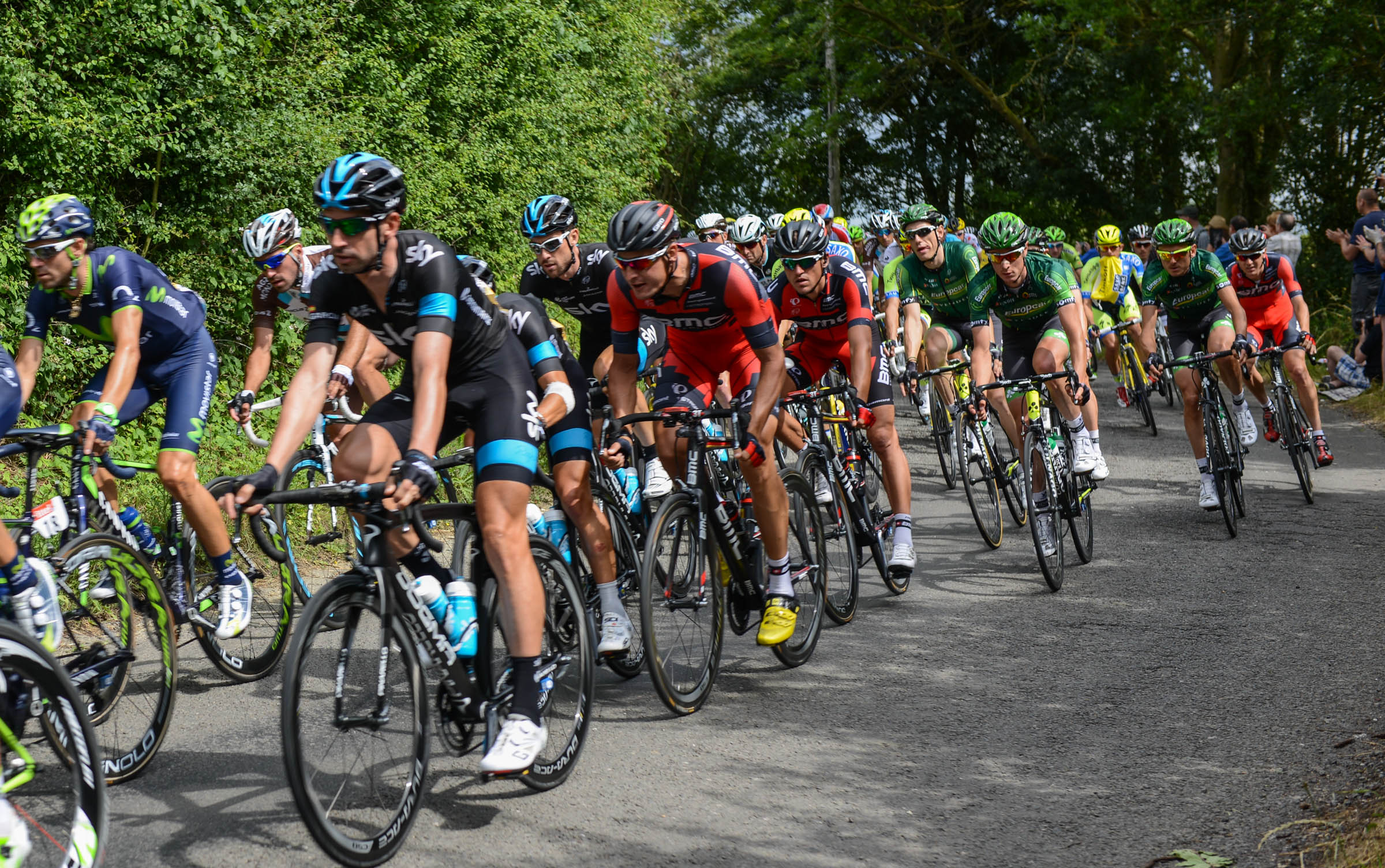Synchronization of Multi-User Event Media (SEM) Dataset
Task in Mediaeval 2015

Synchronization of Multi-User Event Media (SEM) Dataset |
 |






|
Dataset description |
For this challenge we make available four different datasets, exhibiting different challenges. The first dataset is related to the Tour de France 2014. It consists of images taken during the event and collected from Flickr. The dataset is split into 33 galleries. The dataset covers the entire competition. Some images are also provided with GPS together with the timestamp. A second dataset concerns the famous exhibition held every year in California, namely NAMM 2015. The dataset consists of 420 images and 32 videos, split into 19 galleries. Each user gallery contains a variable number of media (ranging from 12 to 49). Also in this case all images are downloaded from Flickr, while videos are downloaded from YouTube. The Spring Party Salesiani 2015 is a dataset collected by the organizers, and recorded duringa students' party held in Trento, Italy. It is composed of videos and pictures captured by the attendees during the event. Also in this case a gallery corresponds to the user's device, and media are complemented with the corresponding time-stamps. The last dataset, Salford Test Shoot includes 403 audio and 58 video files. Time-codes are available for most of the media. All datasets are provided with the corresponding ground truth, extracted by considering the acquisition time of the media and manually verified to check the consistency with respect to the captured event. The datasets related to the Tour de France 2014, NAMM 2015, and Spring Party Salesiani 2015 include material subject to Creative Commons license and are made available for download free of charge. The Salford dataset is instead accessible via the ICoSOLE project website. |
Evaluation Metrics |
Two objective metrics have been used to evaluate the results:
As far as the first metric is concerned, the goal of the participants is to maximize the number of galleries for which the synchronization error is below a predefined threshold, and to minimize the time shift of those galleries. The synchronization error for a gallery with respect to the reference is defined as the difference between the real offset (computed on the ground truth) and the the current offset computed by the participant. The threshold depends on the duration of the sub-events in the dataset, and represents the maximum accepted time lapse within which we consider a gallery as reasonably well-synchronized. As far the metrics for evaluation are concerned, we have considered for the temporal alignment the precision and accuracy. For the quality of the clustering, we use the Jaccard index (JI), and the F1 score, where P and R represent the Precision and Recall, respectively. Precision measures the number of galleries (M) over the total number of galleries (N-1, excluding the reference), that have been correctly synchronized. With the accuracy we instead evaluate the capabilities of the teams in minimizing the average time lapse calculated over the M synchronized galleries, normalized with respect to the maximum accepted time lapse. The synchronization task provides a basis for the clustering task. Once the galleries are synchronized, it is possible to cluster the whole event collection to detect sub-events occurring within the entire event, for instance, the single competitions, or the ceremonies of the different disciplines. Sub-events are defined in a neutral and unbiased way (e.g., making reference to the calendar/schedule of the event) and coded into the ground truth. We measure the performance of the sub-event clustering over the whole synchronized collection of media. For this, we use the Jaccard index JI and the clustering F1 score, where for computing the latter we use P and R, which represent the Precision and Recall, respectively. In the formulation we declare a true positive (TP) when two images related to the same sub-event are put in the same cluster, and a true negative (TN) when two images belonging to different sub-events are assigned to two different clusters). False positives (FP) occur instead when two images are assigned to the same cluster although belonging to different sub-events. |
Reference |
|
@article{conci2015synchronization, |
Download files |
Spring Party Salesiani 2015 Dataset (SPS15) |
|||||
Canon EOS 1100D |
Canon EOS 600D |
Galaxy Express 2 |
Galaxy Note 2 |
iPhone 6 Plus |
LG Nexus (2) |
LG Nexus |
Lumia 735 |
Lumix DMC-FP3 (Reference) |
PGCam |
Sony DSC W110 |
|
Ground Truth |
|||
Contacts |
|
For further details please contact: | ||